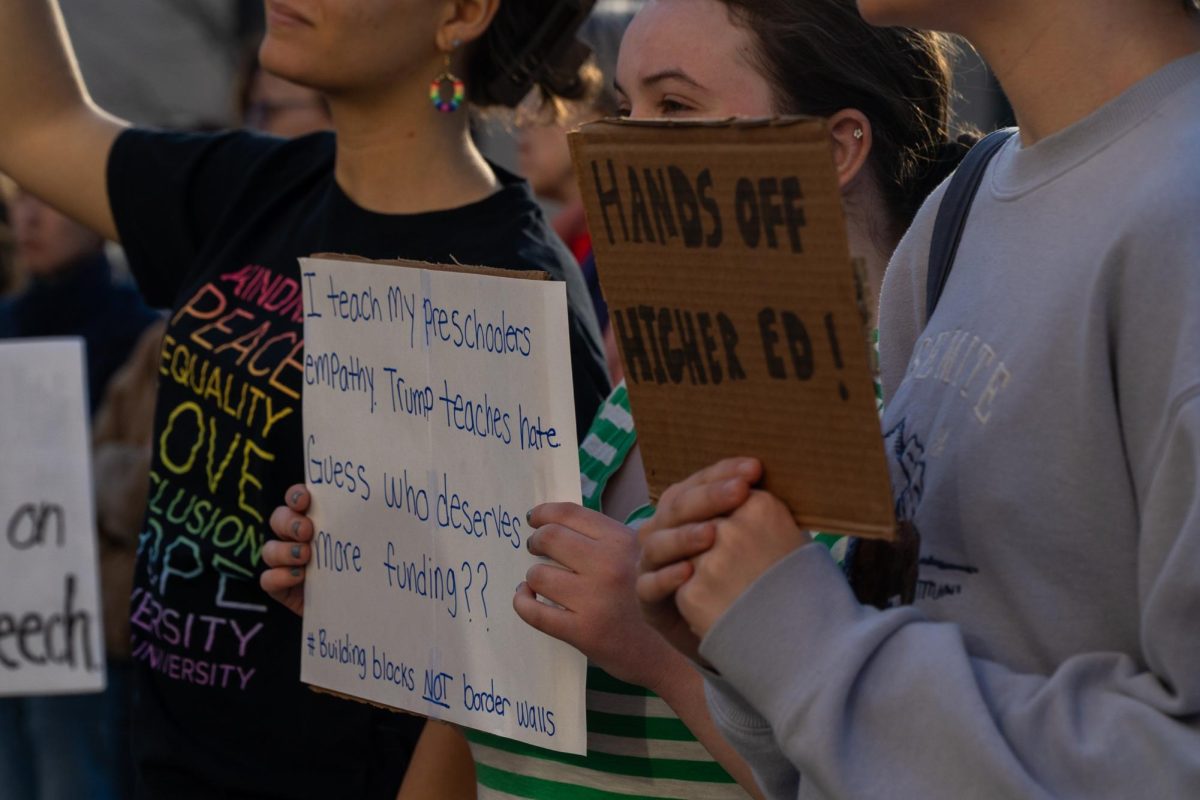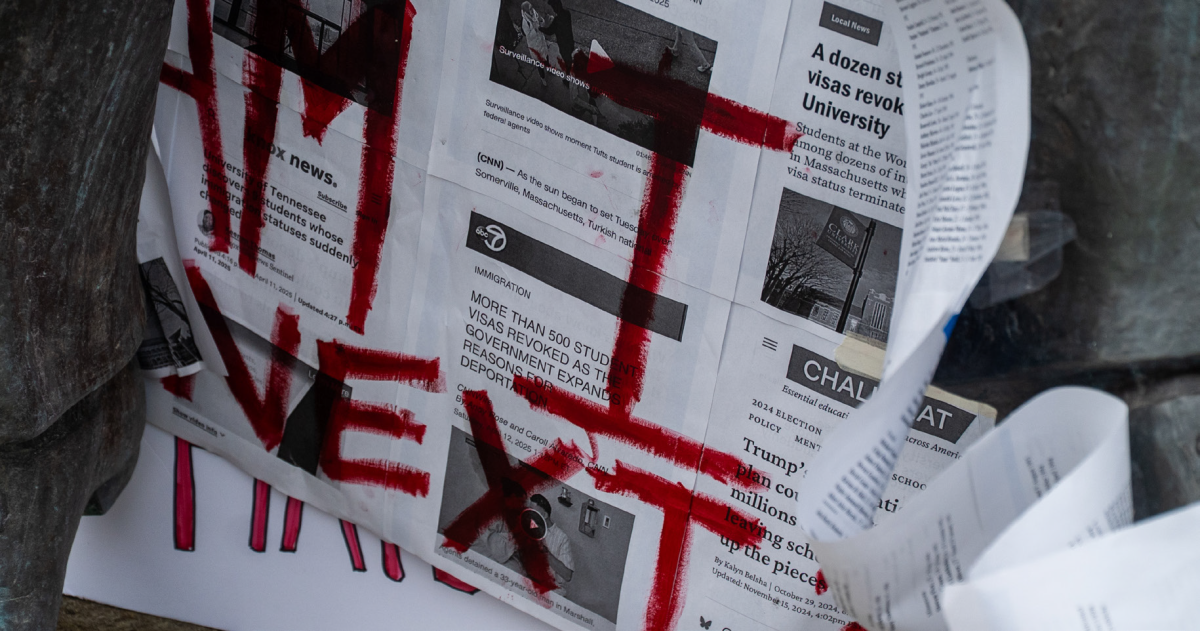Last month, a group of students announced an effort to unionize undergraduate university workers at Clark. In a post on the Instagram account @cu_ugwu, the group – calling itself CU Undergraduate Workers Union – said it was pursuing representation by the Teamsters. Previous reporting by The Scarlet suggested that organizers are seeking to unionize every department, with hopes for increased wages and consistent hours.
Most graduate workers at Clark are already unionized. Affiliated with Teamsters Local 170, graduate workers won a contract after a five-day strike in 2022. The terms of the agreement included wage increases, improved benefits, and stipulations for working conditions.
Clark’s graduate student workers’ union has endorsed the new undergraduate effort.
At the time, workers at Clark were part of a nationwide flurry of union activity. Union representation was already common at many public universities. Workers at private universities, however, had only recently won the right to organize, thanks to a 2016 National Labor Relations Board (NLRB) decision regarding Columbia University’s graduate worker union.
Graduate workers found success at universities across the country. Here in Massachusetts, Worcester Polytechnic Institute (WPI) students got their contract in 2023. There were also high-profile victories for labor after difficult negotiations at the Massachusetts Institute of Technology (MIT) and Boston University (BU). At BU, student workers finally secured a contract in 2024 after the University allowed a strike to drag on for nearly seven months.
In total, about 150,000 graduate student employees are unionized nationwide across 81 unions – roughly 38% of the total population. From 2012 to 2024, union membership among graduate students increased by 133 percent. 60 percent of that growth took place at private universities, according to a 2024 report from Hunter College.
But what about undergraduates?
The same report found that there are 19 undergraduate-exclusive unions in the United States, representing 3,515 workers. 17 of those unions were certified by the NLRB between 2021 and 2023, a part of the same surge that propelled graduate workers to success.
Like with graduate workers, undergraduate unions started first at public universities. Undergrad efforts often began with small units of employees, like dining workers or residential advisors (RAs). RAs and tutors at UMass Amherst have been represented by the United Auto Workers since 2002, for example.
Students at Grinnell College, in Iowa, were the first to independently unionize as undergraduates. Starting in 2016 with dining workers, Grinnell’s union eventually expanded to become “wall-to-wall” – covering the entire campus – in 2022. Over 750 Grinnell students are members, according to the union.
Other independent unions followed suit at Columbia, Dartmouth and Bennington College.
Massachusetts has the highest number of independently unionized undergraduates (975 student workers), across four units. Grinnell’s singular success puts Iowa at second.
Among graduate workers, Clark is just one of seven private universities in Massachusetts with a union. The others are Boston University, Brandeis, Harvard, MIT, Tufts, and WPI. The entire UMass system is unionized.
Other than UMass Amherst, there are three undergraduate student workers’ unions in Massachusetts, according to the report: at Harvard, Mount Holyoke, and Smith. Undergraduate RAs at Tufts are also unionized, though their 2023 contract affiliated them with the existing graduate workers’ union.
Undergraduate representation in existing graduate units at public universities is increasingly common. The largest is the California State University Employees Union, which counts over 20,000 undergrad workers in its ranks.
UMass Amherst students, then, are the only undergraduates in the country, according to the Hunter College report, to have an independent union at a public university. They are also the only unit separate from graduate workers, public or private, to have been created before 2021.
At the time of the Hunter College survey, UMass students, together with 102 employees from Wesleyan University, in Connecticut, were the only unions to have secured contracts. Since that time, unions at Grinnell, Brown University and UPenn, among others, have reached agreements with their employers. It seems that Clark undergrads are joining a nationwide second wave – after graduate students – of unionization at private universities.
But labor organizers nationwide are facing significant headwinds. The Trump administration is working to effectively declaw the NLRB, set to now be controlled by Republicans. Fearing an unfriendly labor environment, certain unique efforts to unionize – like the men’s basketball team at Dartmouth – have withdrawn their petitions to the NLRB.
What a Trump-controlled NLRB will do to student labor organizing remains to be seen. But the Board will eventually have to revisit the subject, and could change federal policy. Students at some campuses, like Penn State, are working fast to reach an agreement before it might be too late.
Students at Clark, similarly, are pressing on despite the circumstances.


